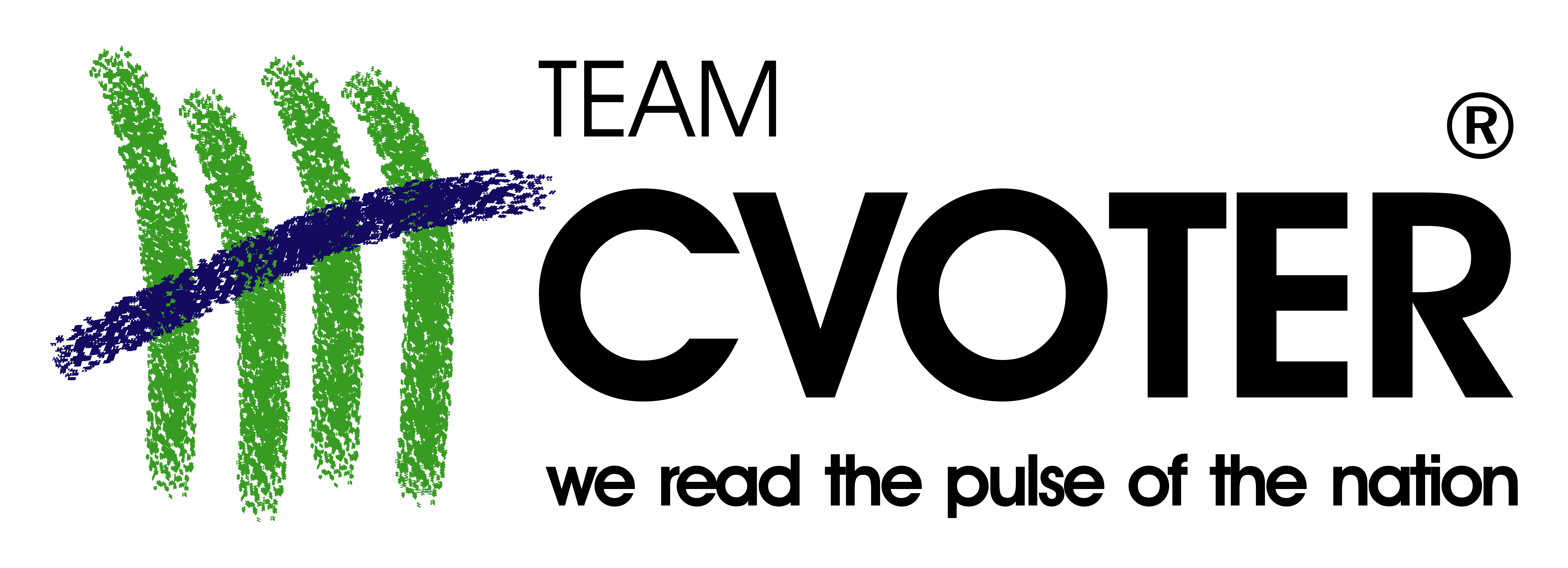Survey Design
To know what exactly the client wants is the key factor to success in any type of business. Government agencies, news media, and political candidates need to know what the public thinks. Associations require knowing what their members want. Big companies need to evaluate the attitudes of their employees. The best way to find this information is to conduct a survey.
Checklist for Survey Design:
Define Objective
• Write down what decisions will be made based on the data.
• Main objectives for the survey?
Outline the Survey
• Include an introduction explaining purpose of the study, duration, and incentive information.
• Prefer to begin the survey with a closed-ended question?
• Have questions at the beginning of the survey to select appropriate survey respondents to continue with the survey.
• The questions should go from general to specific.
• Demographic questions should be asked at the end?
• Sensitive questions should be asked towards the end of the survey.
• All questions should relate to your objectives.
• Complete each topic before moving on to the next.
Draft Questions
• Avoid use of jargon, acronyms, or terminology unfamiliar to respondents in questions.
• The questions should be simple and concise.
• Ask questions before describing the rating scale.
• All possible answer options should be included, or if required include an “Other” option.
• Allow the respondent to select “Prefer not to answer” for sensitive questions, such as income.
• List answer options vertically.
• Display the most positive answer options first.
• Include a midpoint answer on rating scales.
• In case of unbalanced scales on questions, the majority of answers should be kept in top 2 box.

